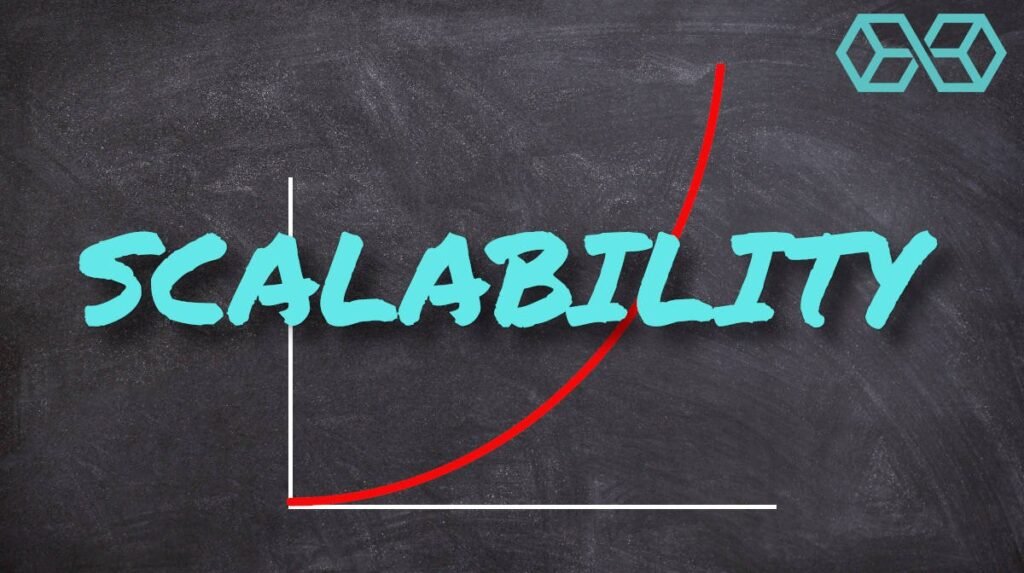
Hello Africa,
In a continent where traditional financial systems are often unreliable and expensive, the Lightning Network is quickly becoming the go-to solution for Bitcoin transactions.
The Lightning Network is a second-layer payment protocol that operates on top of the Bitcoin blockchain. It allows for faster, cheaper, and more scalable payments than are possible on the main chain. The Lightning Network has been gaining popularity in Africa, where it is being used for a variety of purposes, including remittances, micropayments, and retail payments.

There are a number of reasons why the Lightning Network is well-suited for Africa;
1. Unbanked population:

Africa has a large unbanked population. According to the World Bank, only 33% of adults in sub-Saharan Africa have a bank account.
This means that there are hundreds of millions of people in Africa who do not have access to traditional financial services. The Lightning Network can provide these people with a way to send and receive money without the need for a bank account.
The Lightning Network works by creating a network of nodes that are connected to each other.
When a user wants to send money to another user, they create a payment channel between their node and the other user’s node. This payment channel is a temporary contract that allows the two users to send money to each other without having to go through the Bitcoin blockchain.
Once a payment channel is created, users are able to send money to each other instantly and for free. This is because the transactions are not recorded on the Bitcoin blockchain.
2. High cost of traditional financial services:
The Lightning Network is a peer-to-peer network, which means that there are no middlemen involved in transactions. This eliminates the fees that are typically charged by banks and other financial institutions.
For example, if a person wants to send $100 to a friend in another country, they would typically have to pay a fee of $7.20. However, if they use the Lightning Network, they would only have to pay a fee of a few cents.
The Lightning Network can help to make remittances cheaper and more accessible for people in Africa. This is important because remittances are a major source of income for many families in Africa.

The cost of traditional financial services in Africa is often high. According to the World Bank, the average cost of sending a remittance to Africa is 7.2% of the amount sent.
This is much higher than the global average of 5.7%. The Lightning Network can help to reduce these costs by making it cheaper to send and receive money.
3. Fast transactions:

The Lightning Network is very fast. Transactions can be processed in seconds, which is much faster than traditional payment methods. This is important for Africa, where people often need to send and receive money quickly.
For example, if a person needs to send money to a family member who is in need, they can do so using the Lightning Network and the money will be received almost immediately. This can be a lifesaver in an emergency situation.
The Lightning Network is also fast for businesses. Businesses can use the Lightning Network to accept payments from customers instantly. This can help businesses to improve their cash flow and reduce their costs.
4. Scalable network:

The Lightning Network is very scalable. It can handle a large number of transactions without experiencing congestion. This is important for Africa, where the population is growing rapidly.
The Lightning Network can help to ensure that the continent’s financial system can keep up with the growing demand for financial services. This is important for economic growth and development
As a result of these factors, the Lightning Network is poised to become a major player in the African financial landscape. It has the potential to revolutionize the way that people send and receive money in Africa, and it could help to bring financial inclusion to millions of people.
Here are some examples of how the Lightning Network is being used in Africa:
Remittances:
The Lightning Network is being used to send remittances to Africa. Remittances are money that people send to their families and friends in other countries. The Lightning Network can make remittances cheaper and faster than traditional methods.
Micropayments:
The Lightning Network is also being used to make micropayments. Micropayments are small payments that are typically less than a dollar. The Lightning Network can make micropayments possible for a variety of services, such as online gaming, content streaming, and social media.
Retail payments:
The Lightning Network is also being used to make retail payments. Retail payments are payments that are made for goods and services. The Lightning Network can make retail payments faster and cheaper than traditional methods.
The Lightning Network is still in its early stages of development, but it has the potential to revolutionize the way that people send and receive money in Africa. It is well-suited for the continent’s needs, and it has the potential to bring financial inclusion to millions of people.
Here are some of the challenges that the Lightning Network faces in Africa:
Lack of awareness:
Many people in Africa are not aware of the Lightning Network. This lack of awareness is a major barrier to adoption.
Technical complexity:
The Lightning Network is a complex technology. This complexity can make it difficult for people to use, especially those who are not familiar with technology.
Security risks:
The Lightning Network is a new technology, and it is not yet clear how secure it is. There are concerns that the Lightning Network could be vulnerable to hacking and fraud.
Despite these challenges, the Lightning Network has the potential to make a major impact in Africa. It is a promising technology that could help to bring financial inclusion to millions of people.
SIGN UP FOR OUR WEEKLY NEWSLETTER
"*" indicates required fields
GET UPDATES ON OUR LATEST BLOG POSTS
Subscribe with your favorite RSS reader (eg, feedly) to get updates on our latest blog posts. Simply click the ‘RSS‘ button above and paste the url link in the reader to subscribe.


